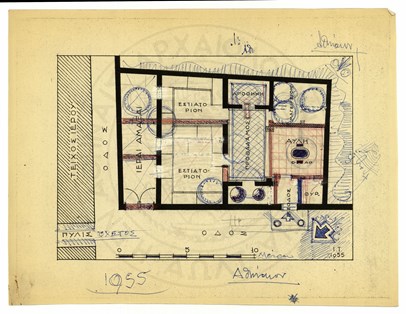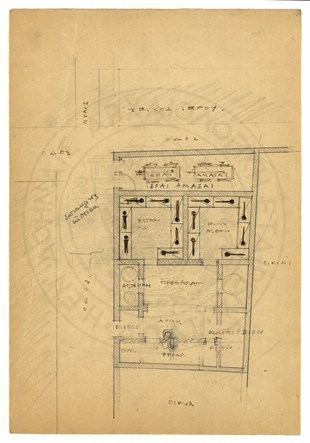Epimeletes of the Mysteries
There were four epimeletes of the Mysteries elected by the demos of Athens. Two of them came from among the Athenian citizens and two from the priestly families of Eleusis (one Eumolpid and one Keryx). Their term was annual, and their main task was to supervise the sacrifices made during the Lesser and Greater Mysteries for the well-being of the people of Athens and the allies of the city. The most crucial sacrifice was performed before the sacred objects of Demeter left Eleusis for Athens. The epimeletes were also responsible for maintaining the Sacred Way and the carriage transporting the statue of Iacchus from the city to the sanctuary of Demeter in Eleusis. The state covered the expenses of the epimeletes, but some citizens also expended large sums of money from their wealth during the…






